If you haven’t seen the eight episodes of Some Good News, produced, directed and starring John Krasinski, you owe it to yourself to check them out. Go ahead, we’ll wait.
The series, produced under the “stay at home” directive, is just one example of the many creative efforts that were hatched in people’s basements and living rooms during the Covid-19 spring of 2020. But unlike some of the less-inspired efforts, e.g. Imagine, this one was a huge success. BTW, I explore the Imagine fiasco in a bit more detail here.
According to The Hollywood Reporter, SGN racked up more than 2.5 million subscribers on YouTube, with some episodes topping 17 million views. That’s nothing to sneeze about, and that’s why ViacomCBS recently dropped a boat-load of cash on Krasinski for the rights to make SNG into a brand with the full support of a major media network.
According to THR, “CBS All Access, which will be rebranded this summer and bolstered with more originals from across the ViacomCBS portfolio, will have the first window for the new episodes before they move to a number of the company’s linear networks. While Krasinski will continue to be involved as an executive producer, he will not host the new episodes. A new host will be named at a later date, though Krasinski will have some sort of on-air presence.”
The success of SGN should come as no surprise. In a time with non-stop terrible news some GOOD news felt so right; even necessary. Krasinski not only had the kind of affable personality to pull it off, he had a veritable host of A-list celebs and stars willing to make guest appearances. Friends from The Office, the cast of Hamilton, Steven Spielberg, Jon Stewart, Oprah, and even the Red Sox got in on the deal.
Whether “good news” continues to be a big draw once this season of “bad news” comes to an end remains to be seen. But I know that I will continue to look for positive and affirming content when I need a little pick-me-up. And I won’t even feel guilty about it.

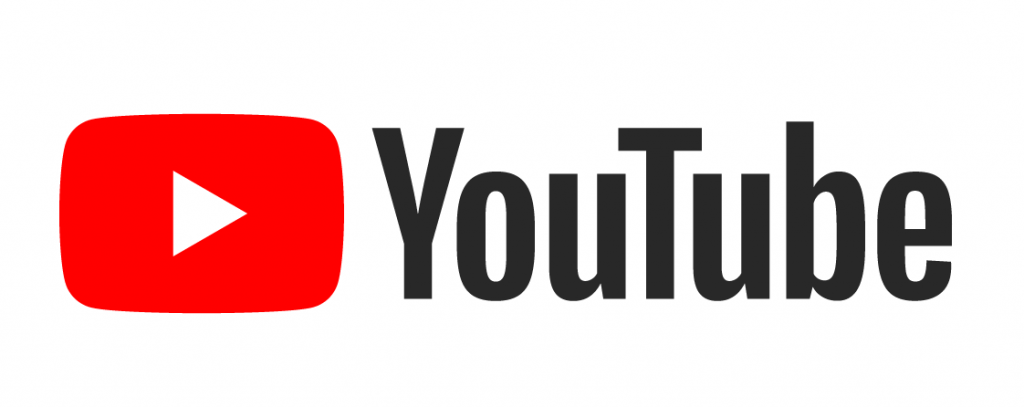

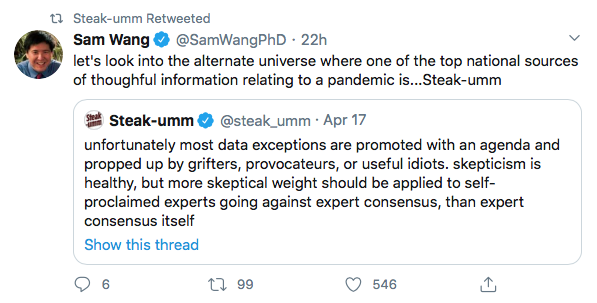
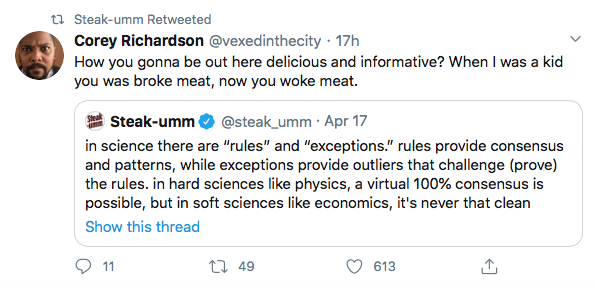
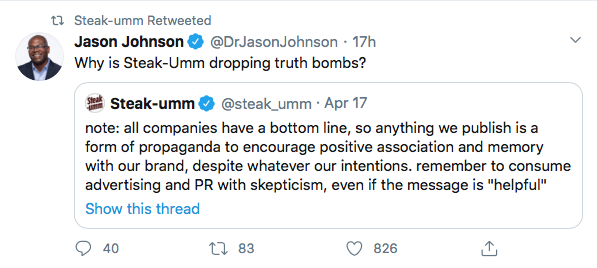


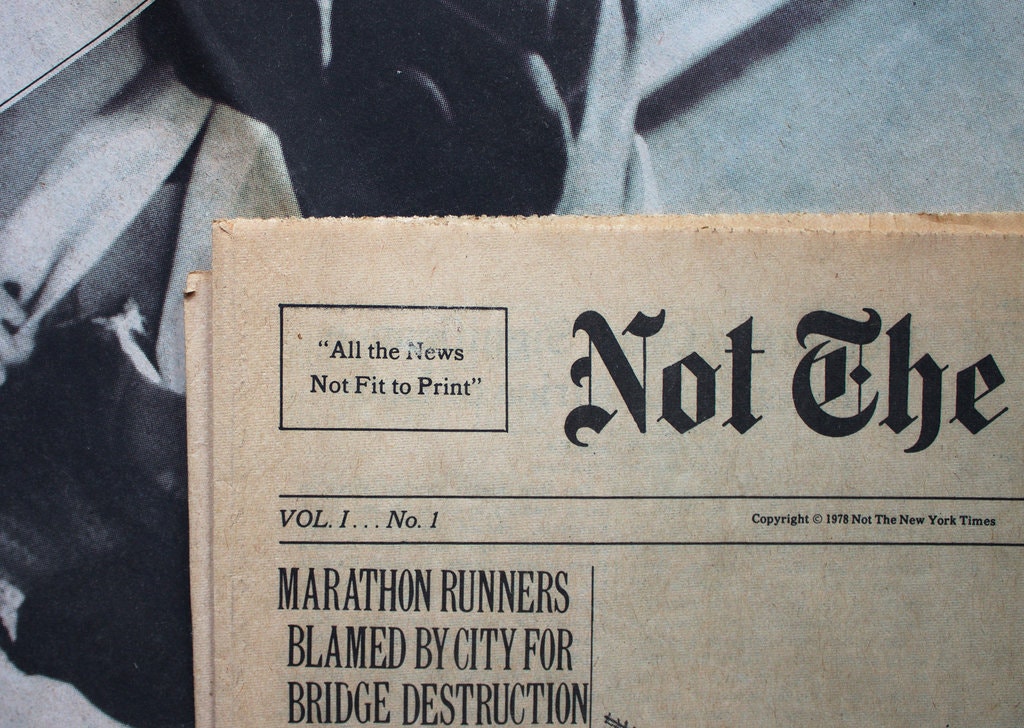
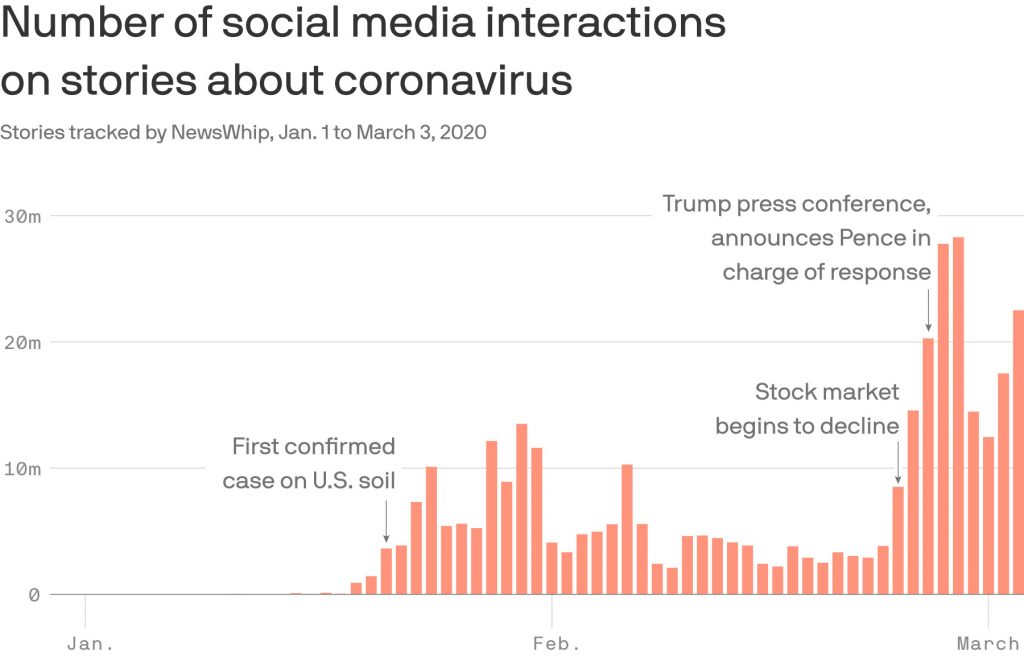


:format(webp):no_upscale()/cdn.vox-cdn.com/uploads/chorus_asset/file/19369042/Pj2lhsF.jpg)